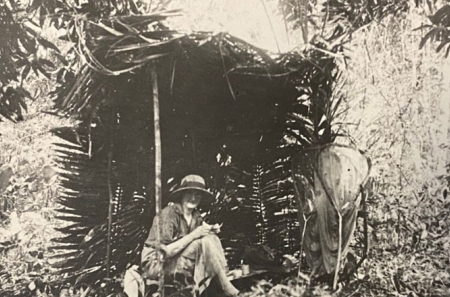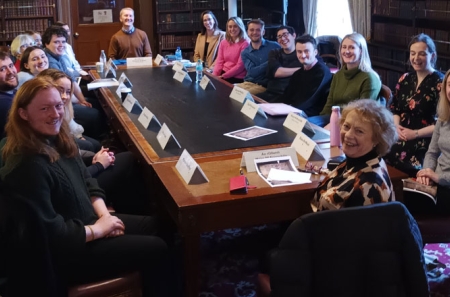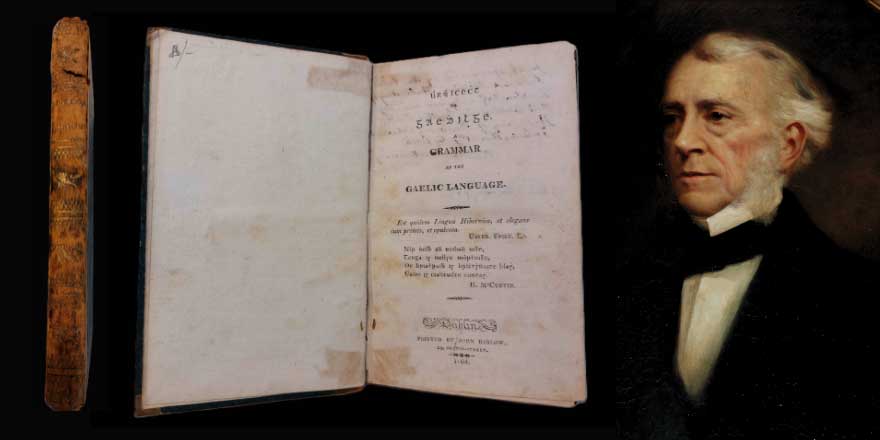
Book sales, brothers, and Bonaparte!
06 February 2024In our latest library blog, a recent donation with an intriguing inscription offers a window into the life of the Haliday family and their fascinating circle of friends.
Charles Haliday (1789-1866)’s name is often uttered in the Library of the Royal Irish Academy. His extensive collection of pamphlets and tracts is one of the most frequently consulted resources in the Academy Library. As well as being an interesting historical figure in his own right, his family and their circle of friends were equally fascinating. A recent donation with a special inscription has shone a spotlight on this compelling set of characters.
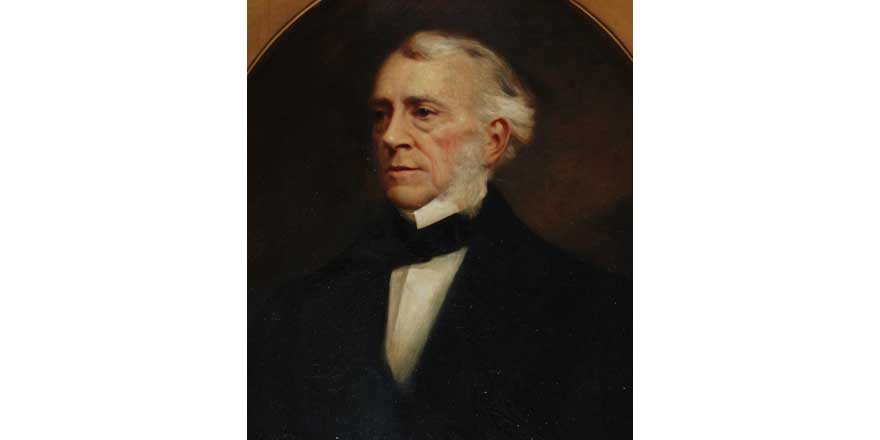
[Fig. 1 Portrait of Charles Haliday, 1789-1866]
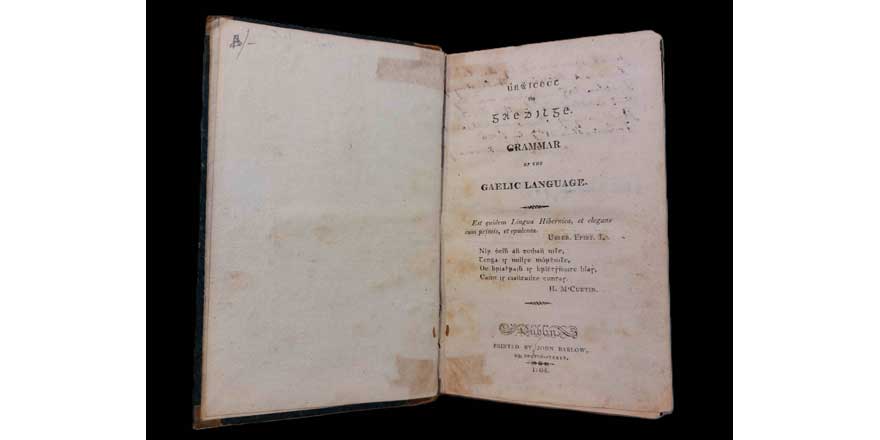
[Fig.2 Title page of Úraicecht na Gaedhilge. A grammar of the Gaelic language (1808), RIA D/745a]
In November 2023, Eoin Bairead, a regular visitor to the Library and a volunteer contributor to Irish History Online, came across an inscribed copy of a 19th century Gaelic grammar at a book sale. Úraicecht na Gaedhilge. A grammar of the Gaelic language (1808) was published under the pen name “E O’C”, a pseudonym of Charles Haliday’s elder brother, William. The Haliday brothers (or Halliday, the spelling preferred by all but Charles) were raised in a household highly critical of Irish culture, but William demonstrated a passion for the language from youth. He completed the grammar at the age of 19, and fear of parental disapproval may explain why the work was published under a pseudonym. His closing remarks are a little morbid for so young a scholar, but we hope he would be edified to know the “black characters of the writing” did endure!
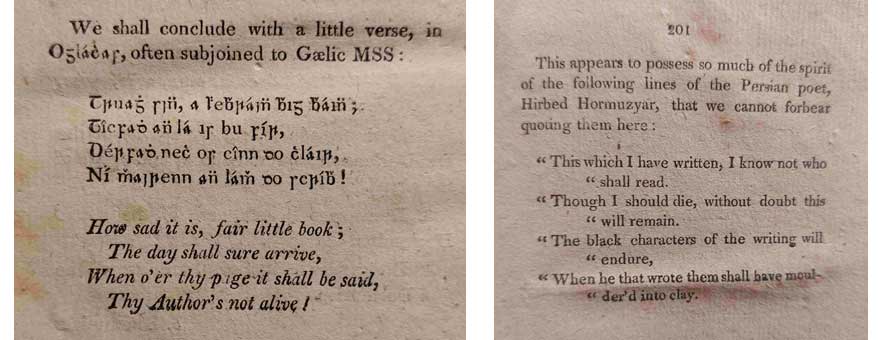
[Figs. 3 & 4 Concluding comments and verse, pp. 200-201, RIA D/745a]
This copy contains an inscription that draws another of the brothers into our story, namely, Daniel Halliday (1798–1836). Daniel studied medicine in Edinburgh before settling in Paris, where he made the acquaintance of several figures of significance, including the United Irishman, John Allen (c.1780–1855), and memoirist and MP, Sir Jonah Barrington (1756/7–1834). Another of his friends was the author of the inscription. It reads:
Irish Grammar, by the late learned William Halliday of Dublin Esq. - given me by that gentleman’s brother Doctor Halliday of Paris, my esteemed Friend, this 21st July 1826. H. de Montmorency.
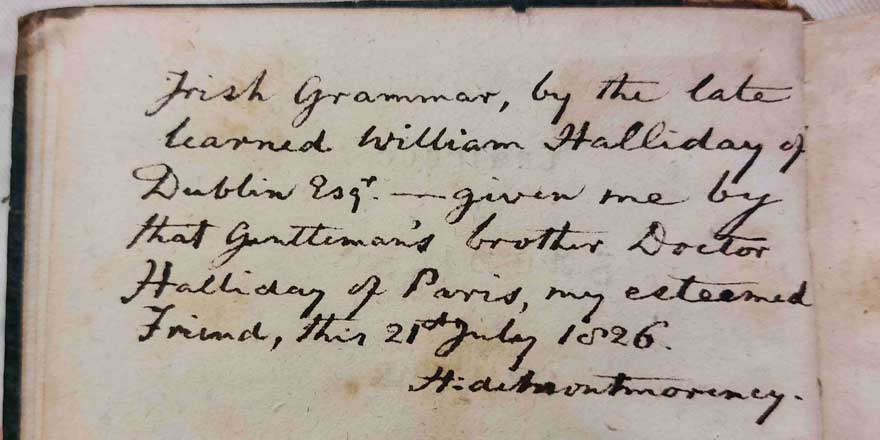
[Fig. 5 Ink inscription on the title page verso of RIA D/745a]
It would appear the noble surname of de Montmorency is claimed here by Hervey Morres (1767-1839). His energetic assertion that the Morres family were descended from a French aristocratic family was later exposed as fraudulent in the 1890s by John Horace Round in his article, “The Montmorency imposture”. However, Morres’s battle for a name of distinction is perhaps one of the least interesting aspects of his eccentric life.
Morres began his military career in the Austrian army at the age of 15, before returning to Ireland to join the United Irishmen. He was arrested for his involvement in the 1798 rebellion but was later released. He credited his liberation to Napoleon Bonaparte’s intervention and travelled to France to thank him. In 1811 he moved to France and joined the army. He likely supported Napoleon’s brief return to power in 1815, but later denied this.
Despite his questionable approach to genealogy, Morres displayed aptitude for the study of history, antiquities and literature. His interest may have extended to the Irish language, given that Daniel Halliday saw fit to gift William’s grammar to him. What we can say is that the affectionate inscription is evidence of the warm friendship between the two. We are delighted by this serendipitous acquisition, which has enhanced our knowledge of the Haliday family and their intriguing network of friends.
Further reading: “Hervey Morres and ‘the Montmorency imposture’”, History Ireland 28(2)

